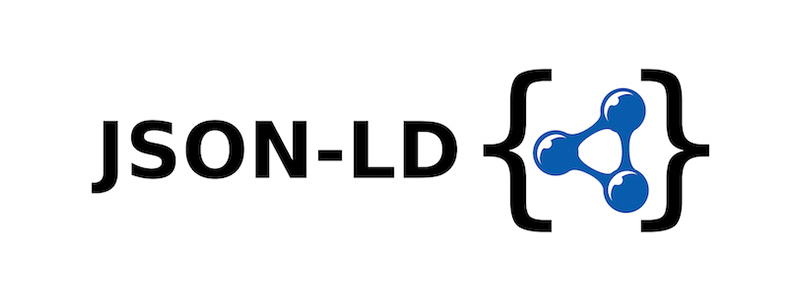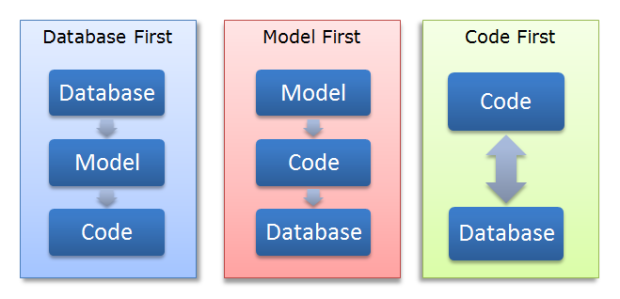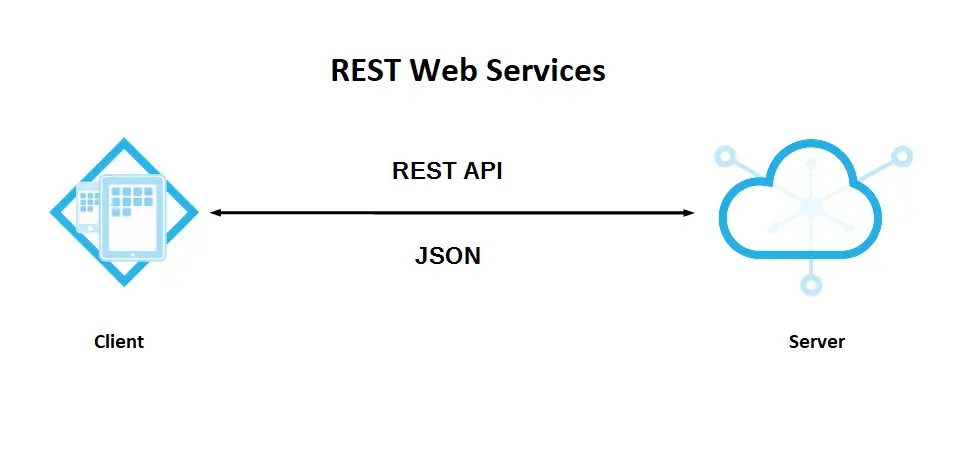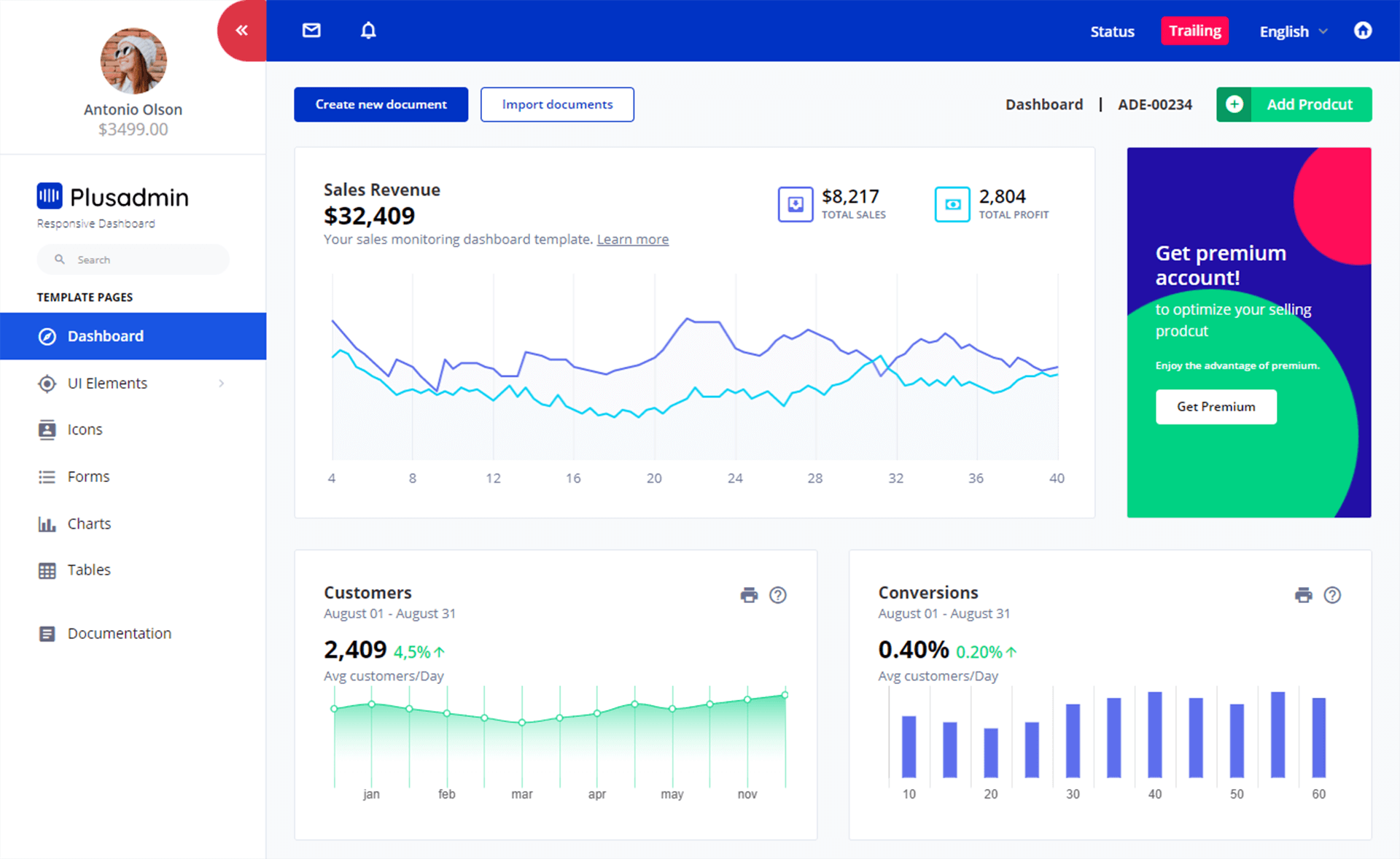Dynamically Passing Connection String in a Model-First Approach
By Tan Lee Published on Feb 27, 2025 291
1. Create a Parameterized Constructor in Your Entity Context
First, you need to create a parameterized constructor in your DbContext (Entity Data Model) class. This allows you to pass the connection string dynamically.
In your generated DbContext class (for example, NorthwindEntities), add a constructor that accepts a connection string.
public class NorthwindEntities : DbContext
{
// Overloaded constructor to accept a dynamic connection string
public NorthwindEntities(string sqlServerConnectionString)
: base(sqlServerConnectionString)
{
}
// Default constructor (if needed)
public NorthwindEntities()
: base("name=NorthwindEntities") // Fallback to app.config connection string
{
}
}2. Retrieve the Connection String from Configuration
Next, you need to retrieve the connection string dynamically from an external source, like a configuration file (App.config or Web.config), or it could even be passed as a parameter at runtime.
To retrieve the connection string from App.config:
// Import necessary namespaces
using System.Configuration;
using System.Reflection;
using System.IO;
// Example method to get the connection string dynamically
public string GetConnectionString()
{
Assembly me = Assembly.GetExecutingAssembly();
Configuration config = ConfigurationManager.OpenExeConfiguration(
Path.Combine(
this.ExecutionContext.DeploymentDirectory,
"Bin\\Debug\\", // Adjust if needed for your project structure
me.ManifestModule.Name
)
);
// Get the connection string from the App.config file
string conn = config.ConnectionStrings.ConnectionStrings["MRM_LatestEntities"].ConnectionString;
return conn;
}3. Pass the Connection String to the DbContext
After retrieving the connection string, you can pass it to the DbContext constructor when initializing it.
// Get connection string string conn = GetConnectionString(); // Instantiate the DbContext with the dynamic connection string NorthwindEntities context = new NorthwindEntities(conn); // Now you can perform queries var items = context.Categories.AsQueryable(); var count = items.Count();
Ensure that your App.config or Web.config contains the appropriate connection string definition:
<configuration>
<connectionStrings>
<add name="NorthwindEntities"
connectionString="your_connection_string_here"
providerName="System.Data.SqlClient"/>
</connectionStrings>
</configuration>By following the above approach, you can dynamically pass the connection string to your Entity Framework model in a Model-First approach, allowing for more flexibility, especially when the connection string needs to change based on different environments or runtime conditions.
- SqlException: Cannot insert explicit value for identity column
- How to add a computed column in EF Core
- Applying Migrations Programmatically in EF Core
- Creating a Database and Table in EF Core
- Database Schema Modifications in EF Core
- Adding a Computed Column in EF Core
- Inheritance Mapping in EF Core
- Adding a Foreign Key in EF Core





